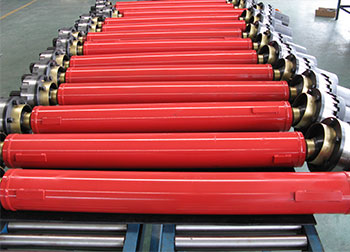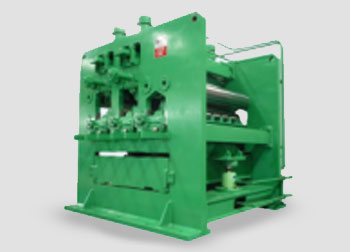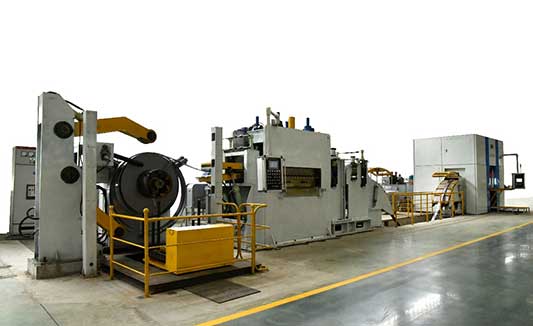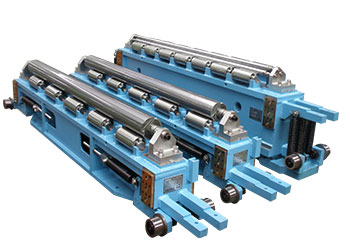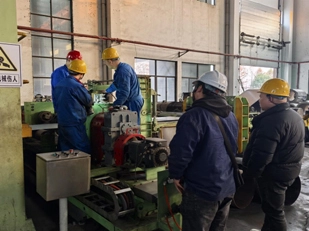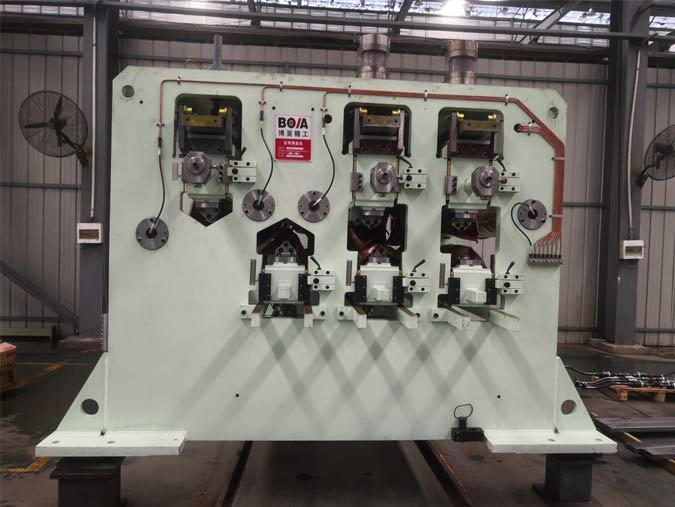Operation Procedures and Technical Requirements for Hydraulic Shearing Machine
Hydraulic Shearing Machine is a type of machine that uses the movement of the upper blade and the fixed lower blade, with a reasonable blade clearance, to apply shearing force to metal sheets of various thicknesses, and to fracture and separate the sheets according to the required size.
Operating procedures for hydraulic shearing machine
Before starting work
Before empty running and testing, manually run a work cycle to confirm normal operation before starting the equipment.
For equipment equipped with hydraulic devices, check the oil level of the oil tank and ensure that it is sufficient. After starting the oil pump, check whether there is any leakage in valves and pipelines, and the pressure should meet the requirements. Open the air release valve to release the air in the system.
During operation
Do not cut laminated materials, do not trim the edges of burr plates, and do not cut narrow and short materials that are not tightly pressed.
The gap between the blade plates should be adjusted according to the thickness of the plate, but it should not be greater than 1/30 of the plate thickness. The blade plates should be fastened firmly, the upper and lower blade plate surfaces should be kept parallel, and the equipment should be manually tested after adjustment to avoid accidents.
The blade edge should be kept sharp. If there is any dullness or cracking, it should be replaced in time.
When cutting with the hydraulic shearing machine, the material pressure device should firmly press the material, and cutting should not be carried out under loose pressure.
For equipment equipped with hydraulic devices, other hydraulic valves besides throttle valves should not be adjusted privately.
For hydraulic swing shearing machines, the thickness of the material to be cut should be determined based on the relationship between the maximum strength of the material and the thickness of the plate.
Technical requirements for hydraulic shearing machine
Before starting work, carefully check whether all parts of the shearing machine are normal, whether the electrical equipment is intact, and whether the lubrication system is unblocked; remove any tools, measuring tools, scraps, and other debris from the table and its surroundings.
Do not operate the plate shearing machine alone. 2-3 people should coordinate the feeding, control the dimensional accuracy, and take the material, and one person should be responsible for commanding the operation.
Adjust the blade clearance of the hydraulic shearing machine according to the specified plate thickness. Cutting two different specifications or materials of plates at the same time or stacking plates for cutting is not allowed. The cut plate surface should be flat and narrow plates that cannot be tightly pressed should not be cut.
The moving parts of the belt, flywheel, gear, and shaft of the shearing machine must be equipped with protective covers.
The operator's fingers feeding the shearing machine should be kept at least 200mm away from the blade and away from the clamping device. The protective fence placed on the hydraulic shearing machine must not obstruct the operator's view of the cutting area. The waste generated after operation may have sharp edges. The operator should clean up in time to prevent being punctured or cut.
Topics You May Be Interested in:
Roll Coating Process
Backup Rolls
Precision Blanking
Conventional Stamping
Rubber Roller Coating Machine
Press Blanking
Popular BOYA Flat Metal Processing Machinery
Other Articles about BOYA Flat Metal Processing Machinery

 English
English 